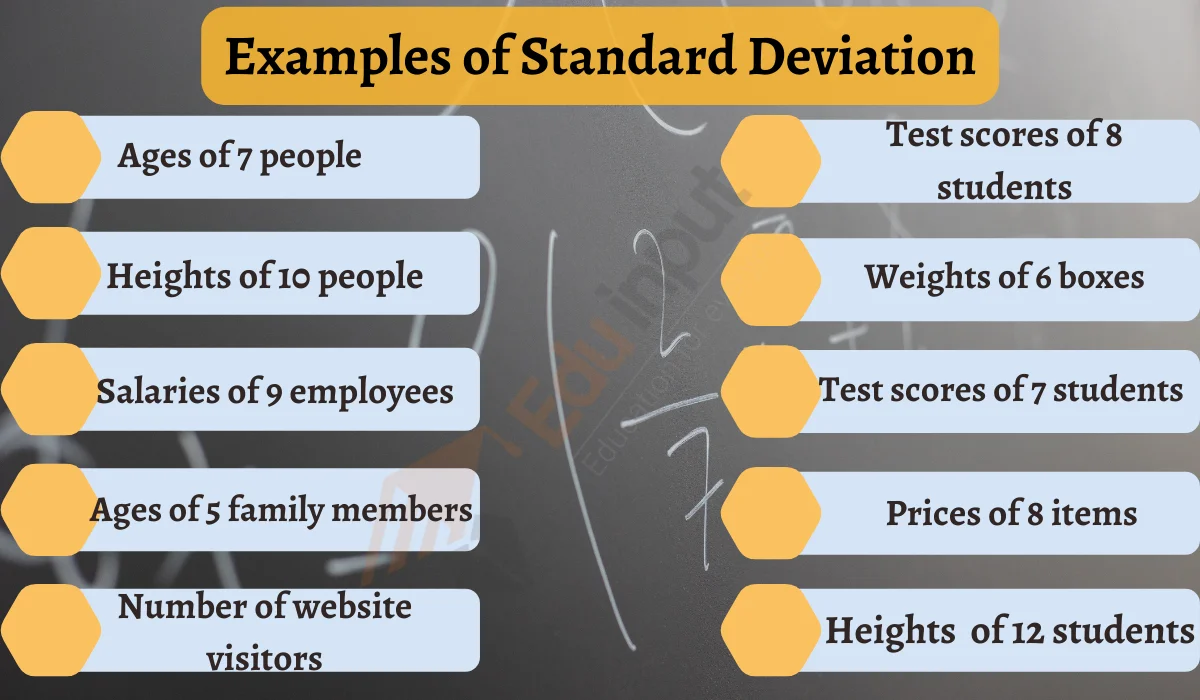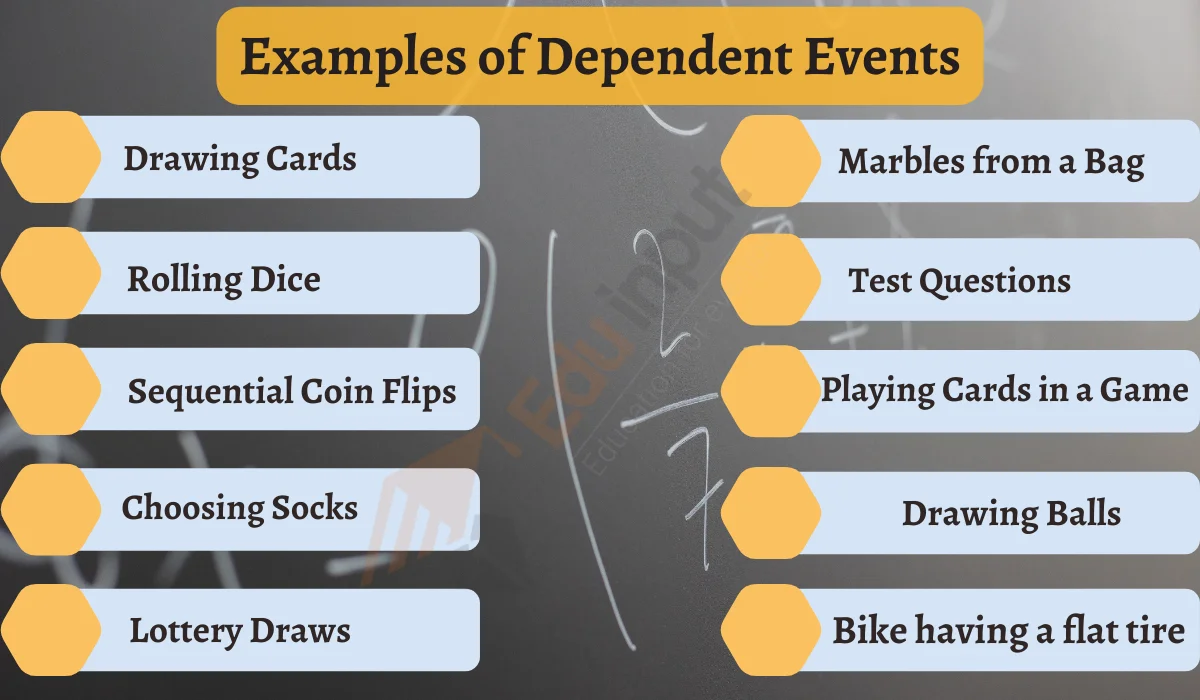10 Examples of Inverse Variation
Inverse variation, or inverse proportionality, is a math idea that shows how two things change together, but in opposite ways. When one thing goes up, the other goes down, and when one goes down, the other goes up.
In this article, we will discuss ten examples of inverse variation in mathematics.

Examples of Inverse Variation
These are 10 examples of inverse variation.
1: Kepler’s Third Law
Kepler’s Third Law is an example of inverse variation. Kepler’s Third Law of planetary motion states that the square of the orbital period of a planet is inversely proportional to the cube of its semi-major axis. As a planet moves farther from the sun, its orbital period increases, demonstrating inverse variation.
2: Electrical Resistance and Ohm’s Law
Ohm’s Law in electricity describes an inverse relationship between electrical resistance and current flow. When resistance increases, current decreases, and vice versa.
3: Boyle’s Law
Boyle’s Law in gas physics demonstrates an inverse variation between the pressure and volume of a gas at constant temperature. As volume increases, pressure decreases, and vice versa.
4: Law of Demand
In economics, the Law of Demand illustrates inverse variation. It states that as the price of a product increases, the quantity demanded decreases, and vice versa.
5: Similar Triangles
In geometry, similar triangles exhibit inverse variation between their sides. If one side of a similar triangle increases, the corresponding side of the other triangle decreases, maintaining the ratio of similarity.
6: Radioactive Decay and Half-Life
Radioactive decay follows inverse variation. The number of radioactive atoms decreases over time, and the half-life of a substance is the time it takes for half of the atoms to decay.
7: Laffer Curve
The Laffer Curve in economics illustrates an inverse relationship between tax rates and tax revenue. Tax revenue initially increases as tax rates rise but eventually decreases due to disincentives for economic activity.
8: Harmonic Motion
In harmonic motion, the frequency and period are inversely related. As the frequency of oscillation increases, the period decreases, and vice versa.
9: Gravitational Force and Inverse Square Law
Newton’s Law of Universal Gravitation demonstrates inverse variation. The gravitational force between two objects decreases as the distance between them increases, following the inverse square law.
10: Inverse Square Law of Acoustics
In acoustics, the Inverse Square Law describes the decrease in sound intensity with increasing distance from the source. The intensity is inversely proportional to the square of the distance.







Leave a Reply